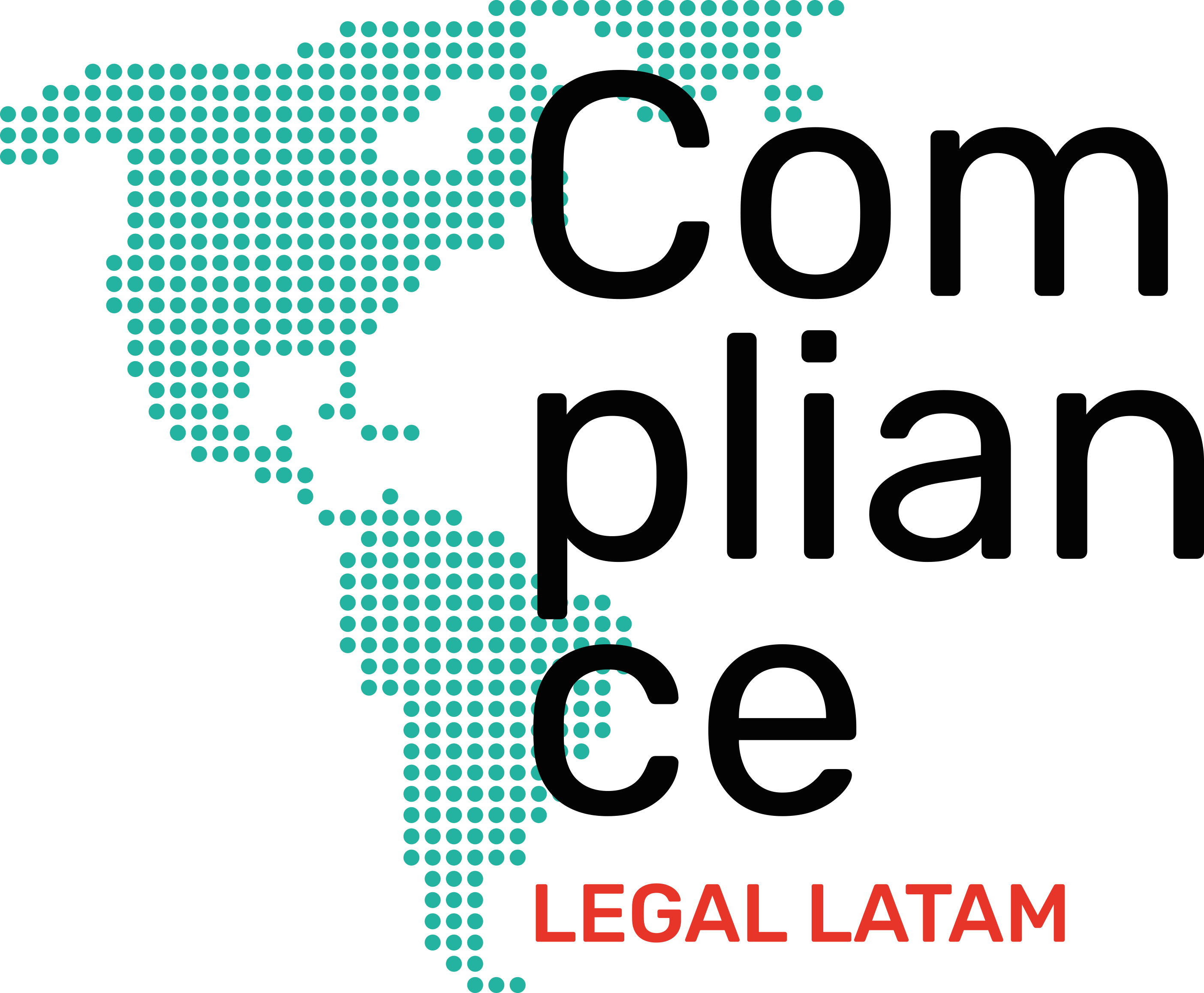

Joint report of the ESG and Capital Markets departments | ISSB Issues Inaugural Global Sustainability Disclosure Standards
On June 26, the International Sustainability Standards Board (ISSB) issued its inaugural standards , IFRS S1 and IFRS S2 , ushering in a new era of sustainability-related disclosures in the capital markets around the world.
IFRS S1 provides a set of disclosure requirements designed to enable companies to communicate to investors the sustainability-related risks and opportunities they face in the short, medium and long term. IFRS S2 sets out specific disclosures related to weather and is designed to be used with IFRS S1. These ISSB standards are designed to ensure that companies provide sustainability-related information along with financial statements, in the same reporting package.
With the issuance of IFRS S1 and IFRS S2, the ISSB will work with jurisdictions and companies to support their adoption. The first steps will be the creation of a Transition Implementation Group to support companies applying the Standards and the launch of capacity building initiatives to support effective implementation.
The ISSB will also continue to work with jurisdictions that wish to require incremental disclosures beyond the global baseline and with GRI to support efficient and effective reporting when the ISSB standards are applied in combination with other reporting standards.
A. IFRS S1: General requirements for the disclosure of financial information related to sustainability
Its objective is to require entities to disclose all risks and opportunities related to sustainability that could reasonably be expected to affect the entity’s cash flows or its access to financing, which are useful to users of general purpose financial reports when when making decisions related to providing resources to entities.
Unless otherwise permitted or required by another IFRS sustainability disclosure standard, entities must make statements about:
— Governance : the processes, controls and procedures that the entity uses to monitor risks and opportunities related to sustainability.
— Strategy : the approach the entity uses to manage the risks and opportunities related to sustainability.
> Business model and value chain
> Strategy and decision-making
> Financial situation and performance, cash flows
> Resilience
— Risk management : the processes the entity uses to identify, assess, prioritize and monitor risks and opportunities related to sustainability.
— Measures and objectives : the performance of the entity in relation to the risks and opportunities related to sustainability, including progress towards any objectives that the entity has established or is required by legal regulation.
General requirements :
to. Guidance sources :
Yo. Identify risks and opportunities related to sustainability.
ii. Identify applicable disclosure requirements.
iii. Disclosure of information about sources of guidance.
b. Location of information (disclosure) : Entities are required to make the disclosures required by the IFRS Sustainability Disclosure Standards as part of their general purpose sustainability reporting.
c. Reporting schedule : Financial statements and financial information related to sustainability must be submitted on time.
Yo. Typically, an entity prepares sustainability-related financial disclosures for a period of 12 months. However, for practical reasons, some entities prefer to report, for example, over a period of 52 weeks. This rule does not preclude that practice.
ii. This standard does not require which entities would be required to provide sustainability-related interim financial disclosures, how often, or how soon after the end of an interim period.
d. Corporate information : The entity will disclose comparative information with respect to the prior period for all amounts disclosed in the reporting period.
and. Compliance Statement :
Yo. This standard exempts an entity from disclosing information required by an IFRS Sustainability Disclosure standard if law or regulation prohibits the entity from disclosing that information.
ii. It also exempts an entity from disclosing information about a sustainability-related opportunity required by an IFRS Sustainability Disclosure standard if that information is commercially sensitive as described in this standard.
Source: IFRS – IFRS S1 General Requirements for Disclosure of Sustainability-related Financial Information
B. IFRSS2: Weather related disclosures
Its objective is to require entities to disclose all risks and opportunities related to climate change that could reasonably be expected to affect the entity’s cash flows or its access to financing, which are useful to users of general purpose financial reports. when making decisions related to providing resources to entities.
Scope:
to. Climatic risks to which the entity is exposed :
Yo. Physical risks, and
ii. Transition risks.
b. Climate-related opportunities available to the entity.
— Governance :
> The governance body for oversight of climate-related risks and opportunities. Specifically, the entity will identify that agency or individual and disclose the information.
> The role of management in the governance processes, controls and procedures used to monitor, manage and supervise climate-related risks and opportunities.
— Strategy : Enable users of general purpose financial reports to understand an entity’s strategy for managing weather-related risks and opportunities.
> Business model and value chain
> Strategy and decision-making
> Financial situation and performance, cash flows
> Climate resilience
— Risk management : Enable users of general purpose financial reports to understand an entity’s processes for identifying, assessing, prioritizing, and monitoring weather-related risks and opportunities, including whether those processes are integrated with and inform the overall risk management process. risk management of the entity and how.
— Measures and objectives :
— Measurements
to. Greenhouse Gases (GHG) :
Yo. Disclose your gross absolute greenhouse gas emissions generated during the reporting period, expressed in metric tons of CO 2 equivalent , classified as:
> Scope 1 Greenhouse gas emissions;
> Scope 2 Greenhouse gas emissions;
> Scope 3 Greenhouse gas emissions.
ii. Measure your greenhouse gas emissions in accordance with the Greenhouse Gas Protocol: A Corporate Accounting and Reporting Standard (2004).
iii. Disclose the approach it uses to measure its greenhouse gas emissions, including:
1. The measurement approach, inputs and assumptions the entity uses to measure its greenhouse gas emissions;
2. The reason why the entity has chosen the measurement approach; and
3. Any changes the entity has made in the measurement method and the reasons for those changes.
b. Climate-related transition risks .
c. Weather-related physical hazards .
d. Climate-related opportunities .
and. Deployment of capital .
F. Internal carbon prices .
g. Compensation :
> Whether and how climate-related considerations are factored into executive compensation.
> the percentage of executive management compensation recognized in the current period that is linked to climate-related considerations.
— Objectives :
to. The metric used to set the goal;
b. goal objective;
c. Part of the entity to which the goal applies;
d. Period during which the goal applies;
and. Base period from which progress is measured;
F. intermediate goals;
g. Absolute or intensity target; and
h. How the most recent international treaty has informed the target.
Source: IFRS – IFRS S2 Climate-related Disclosures
For more information contact:
Gustavo Papeschi | Partner de Beccar Varela | gpapeschi@beccarvarela.com





